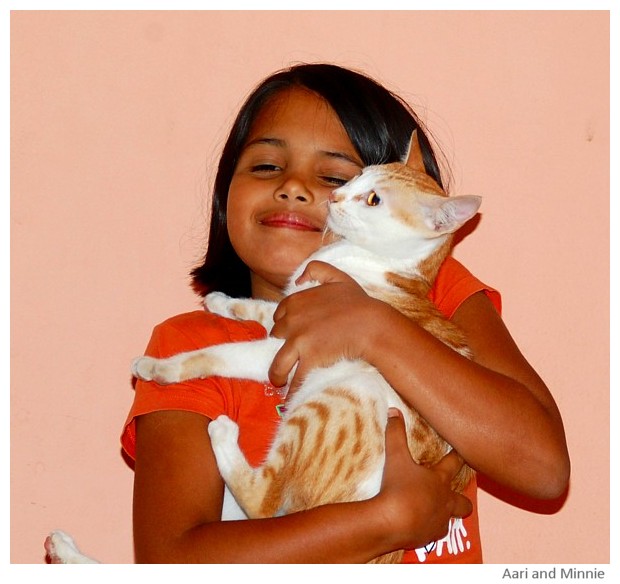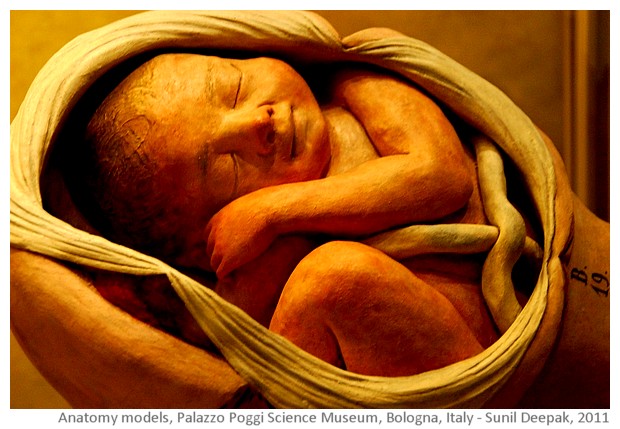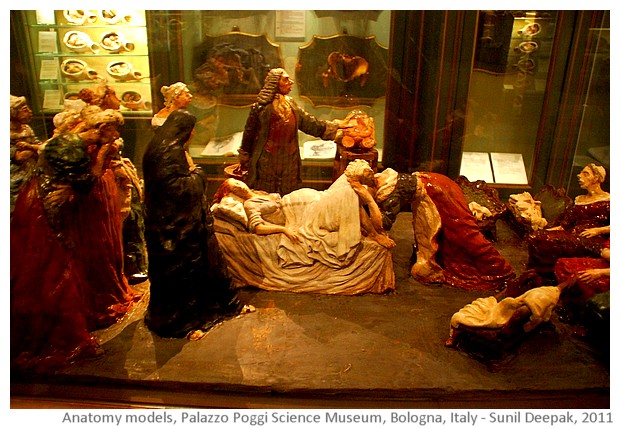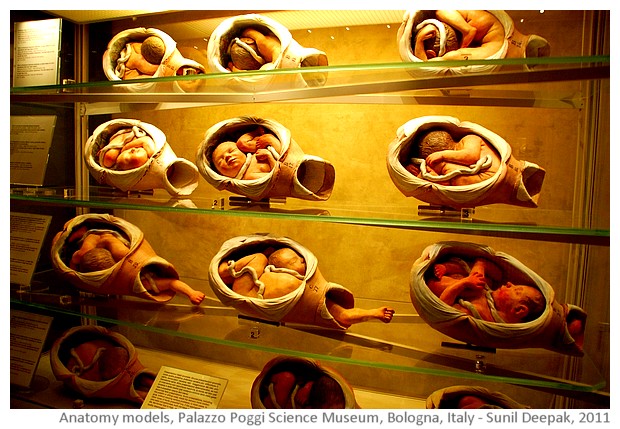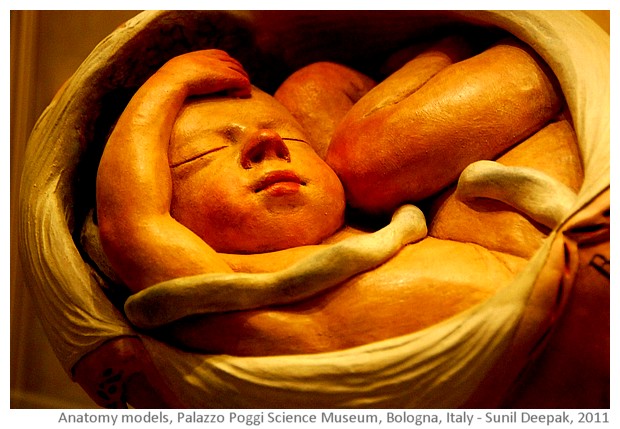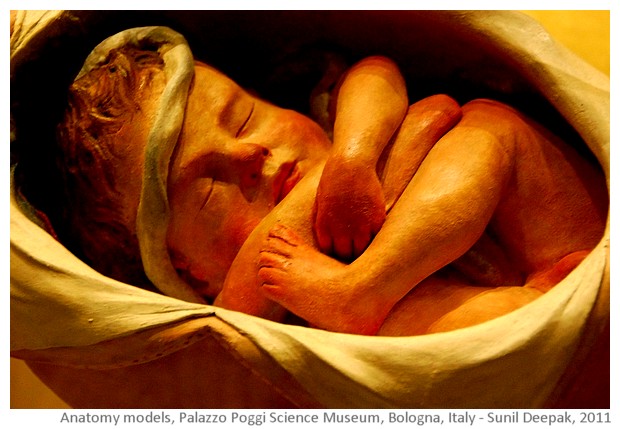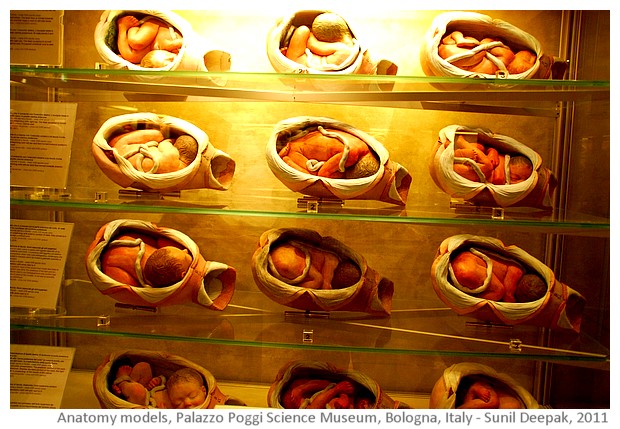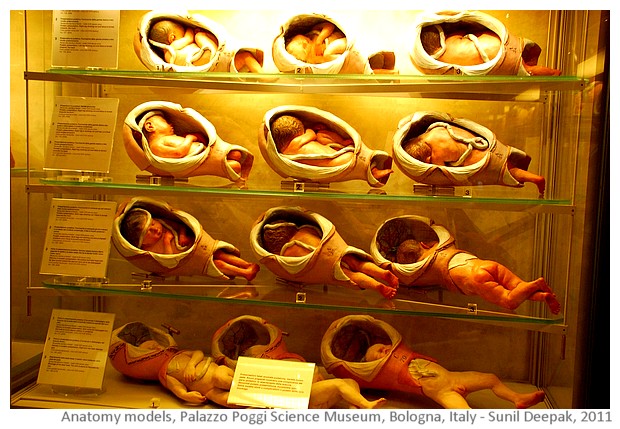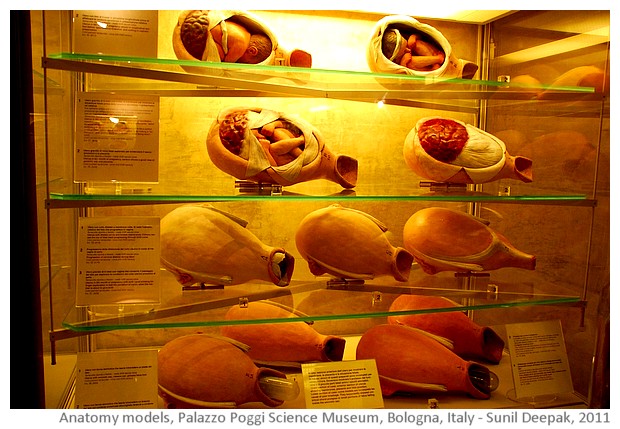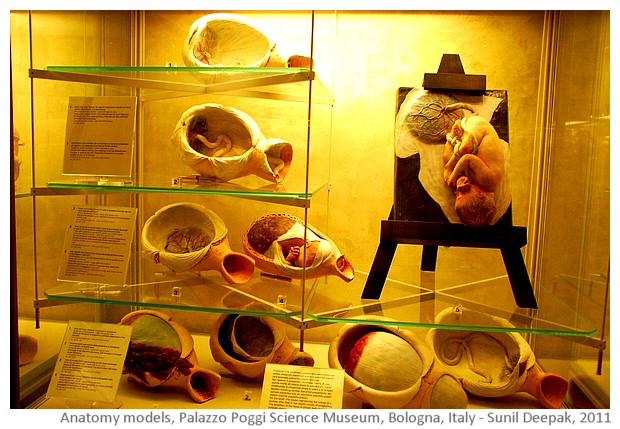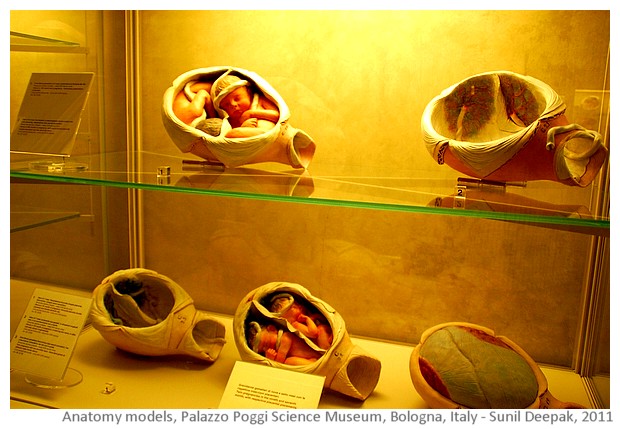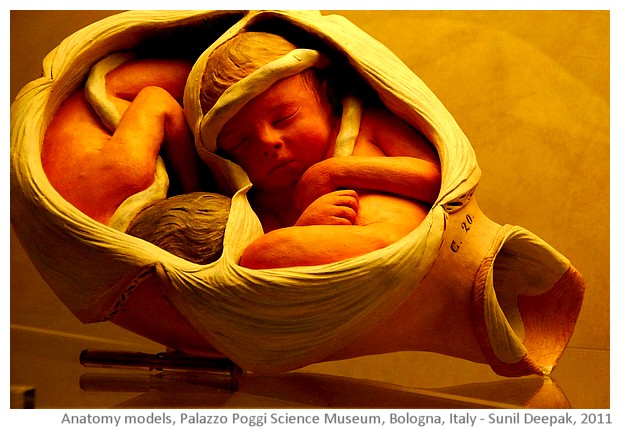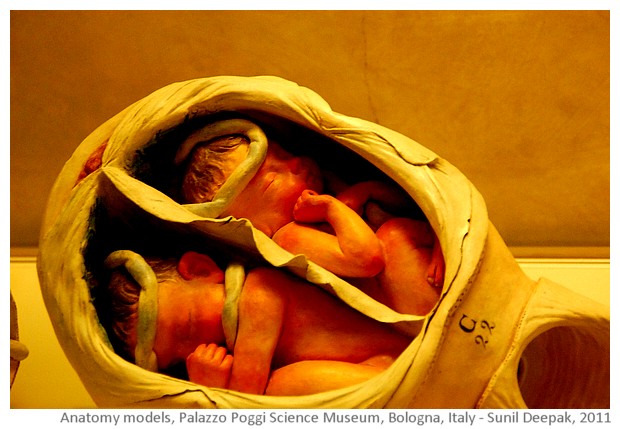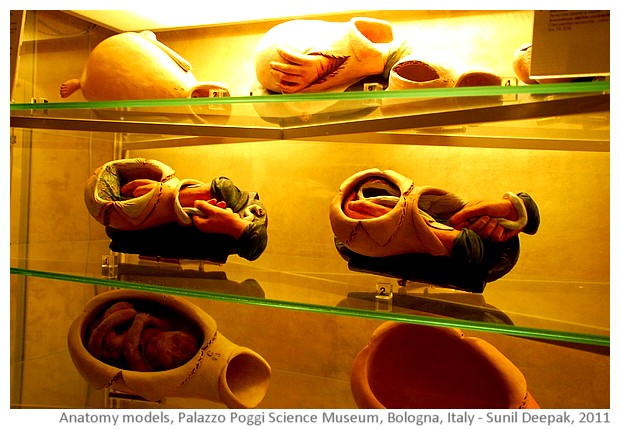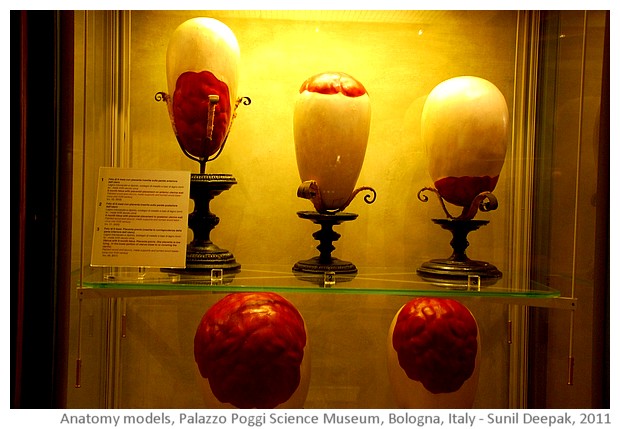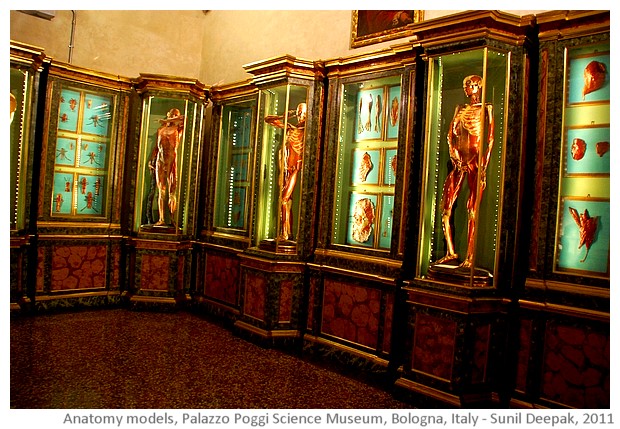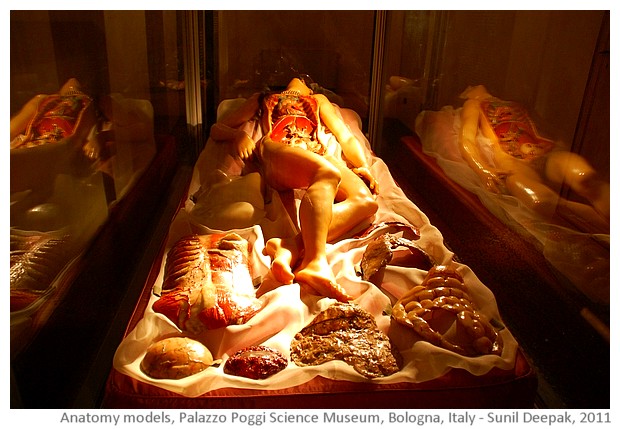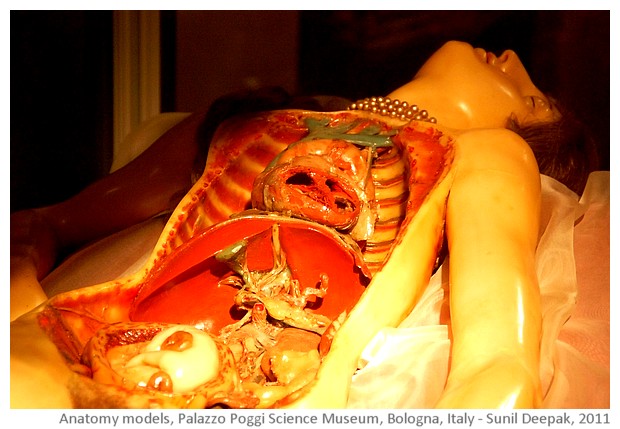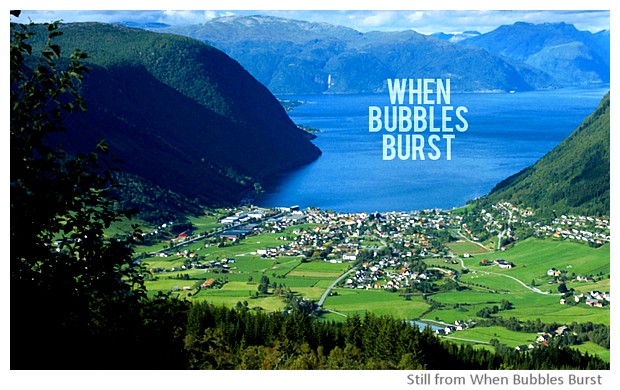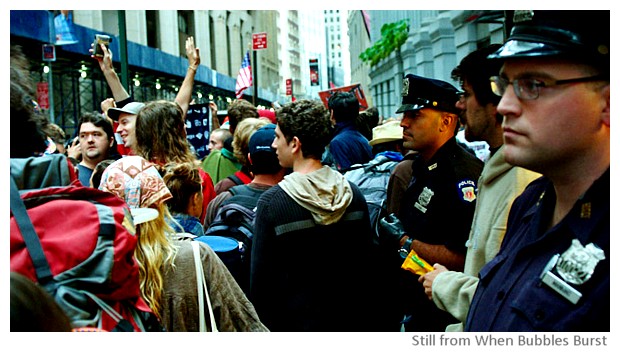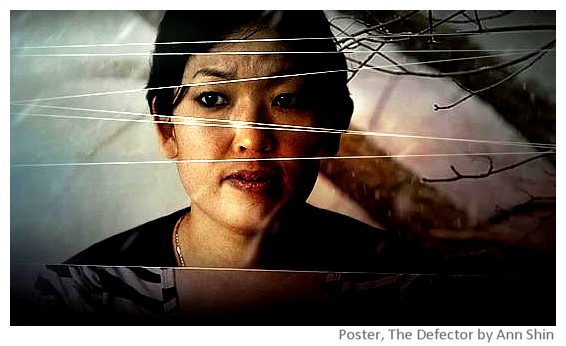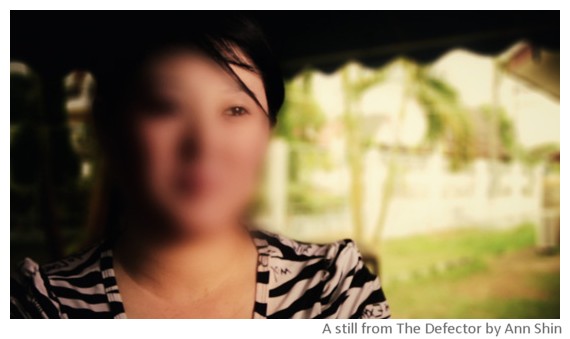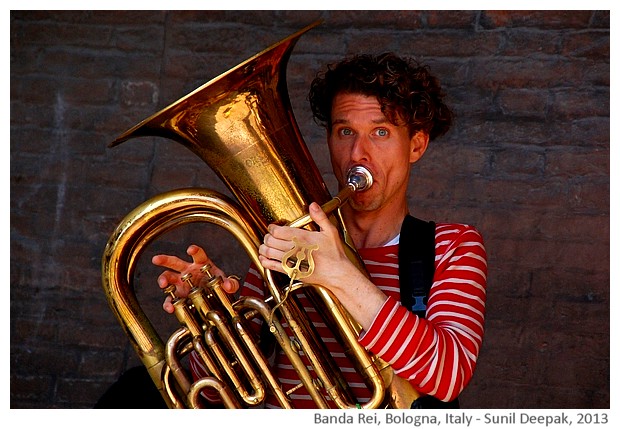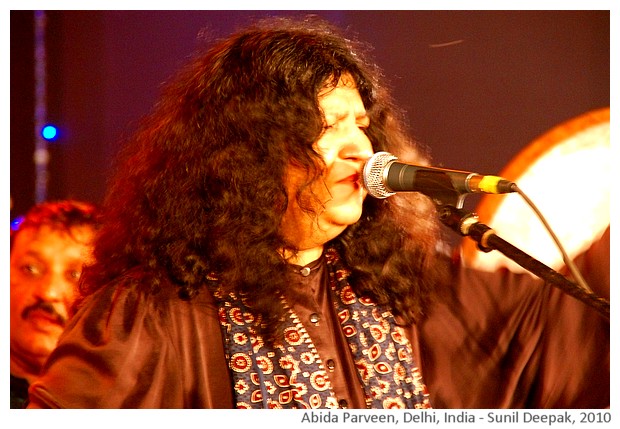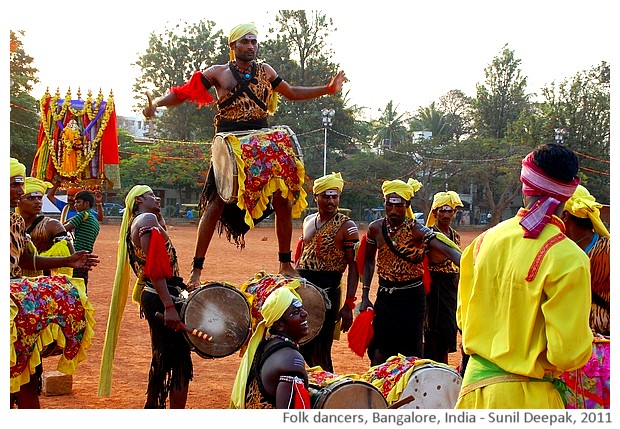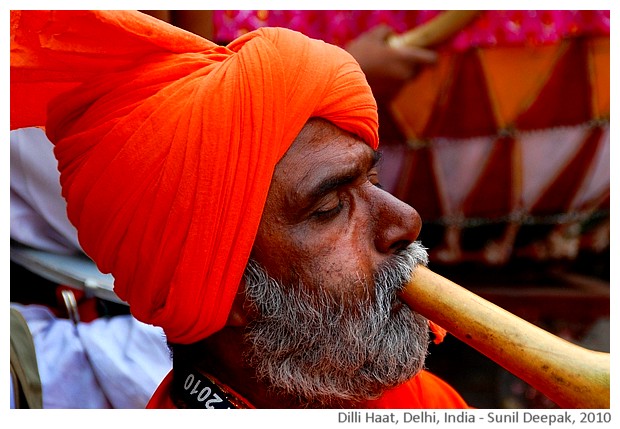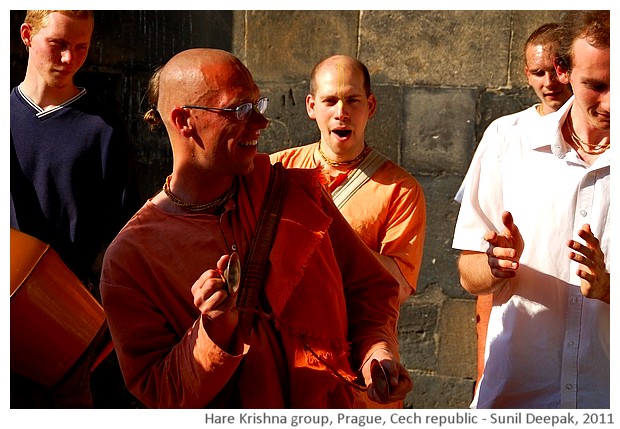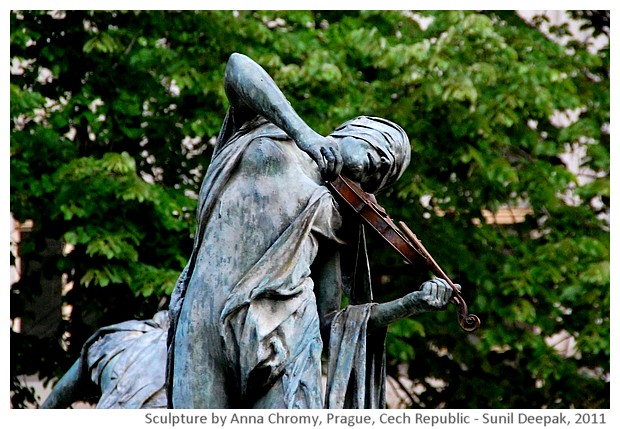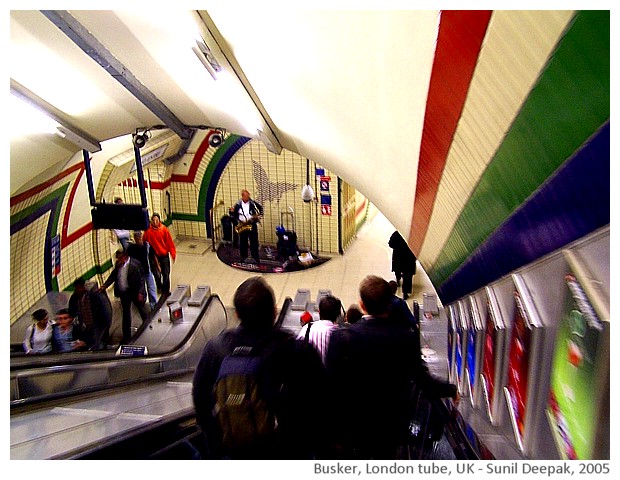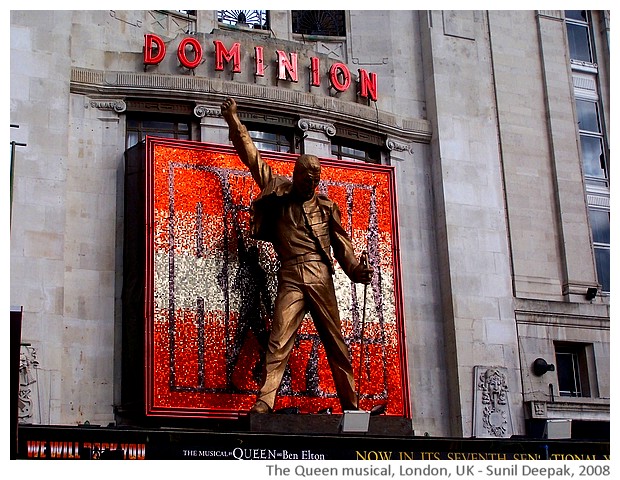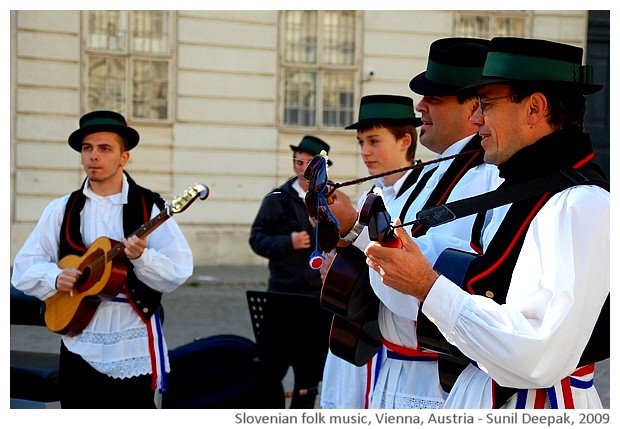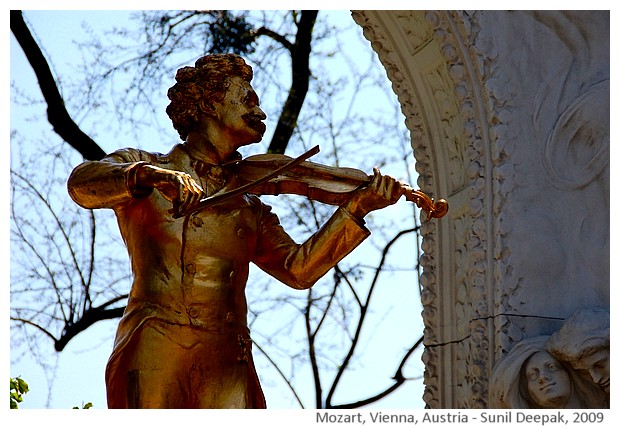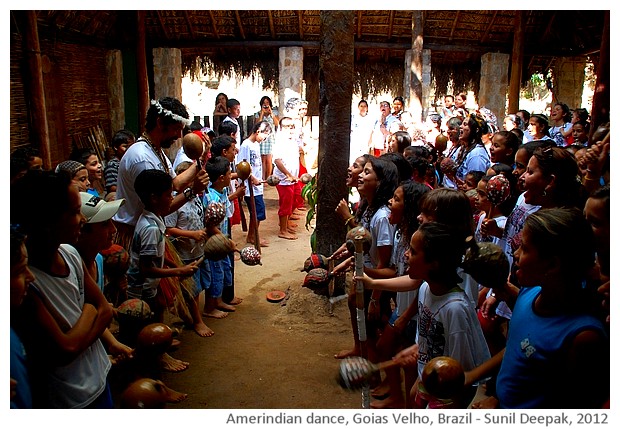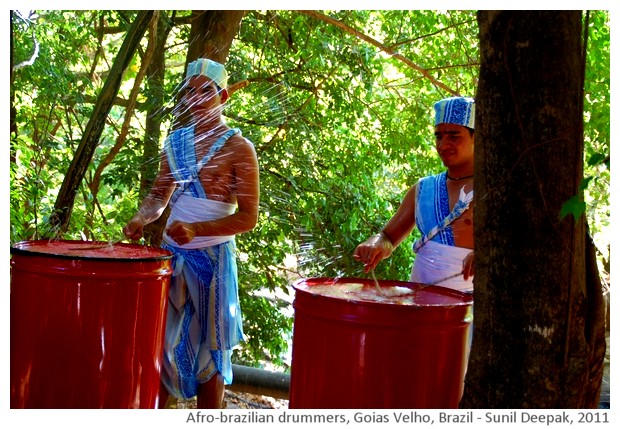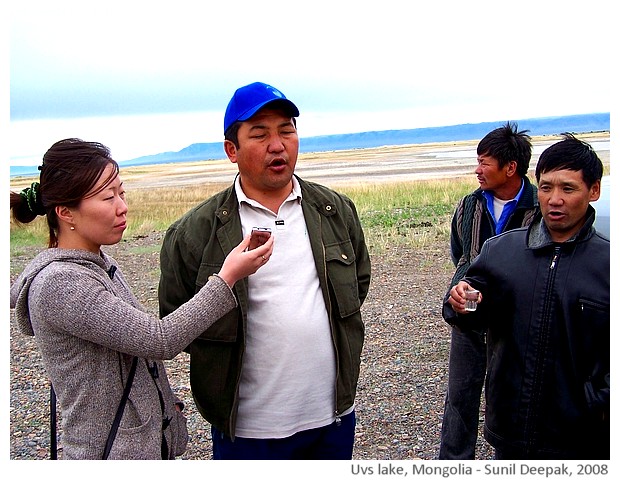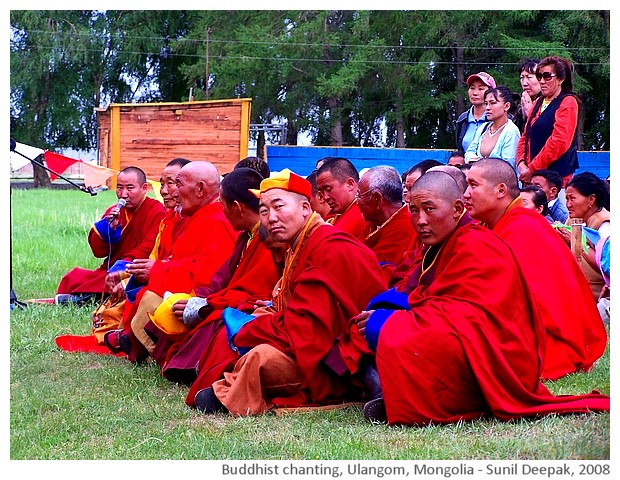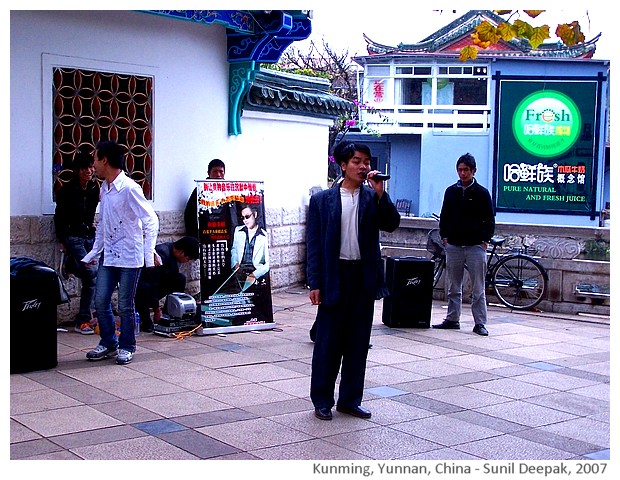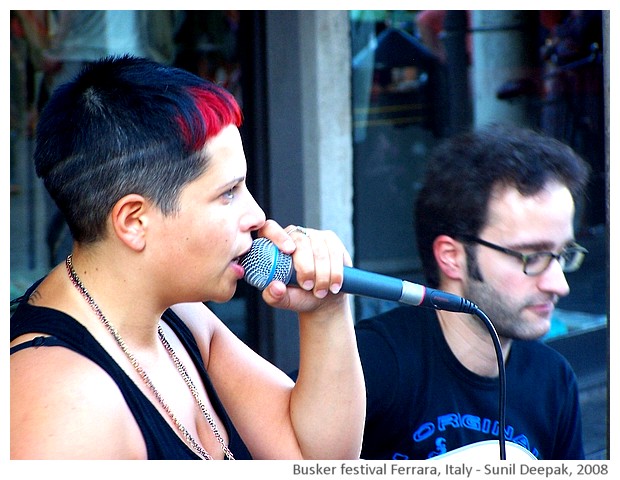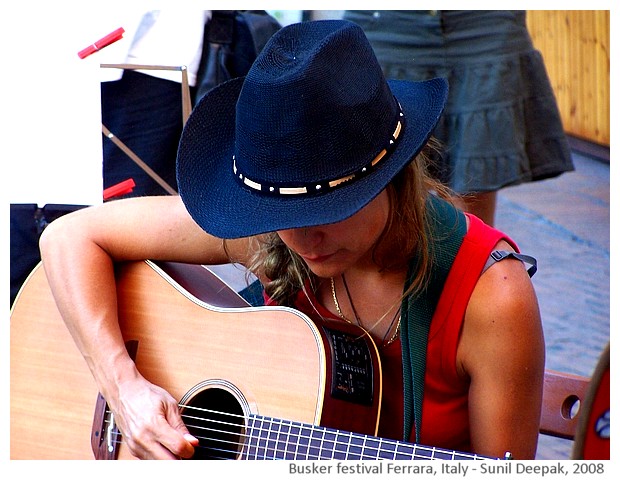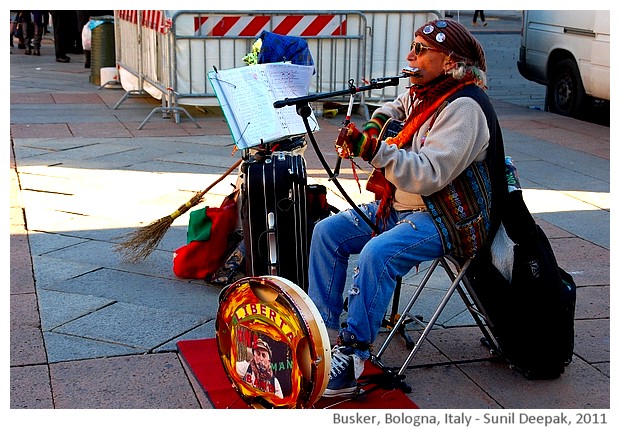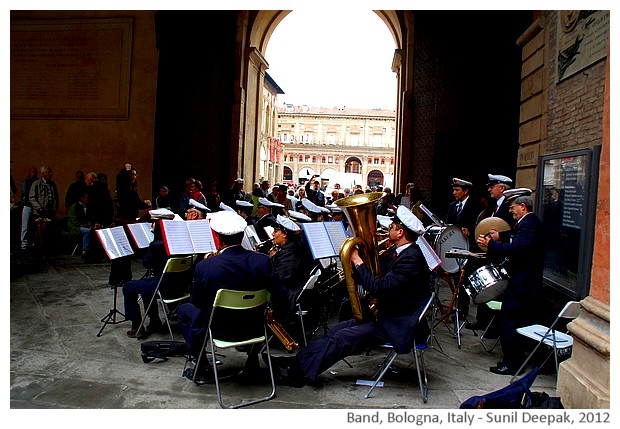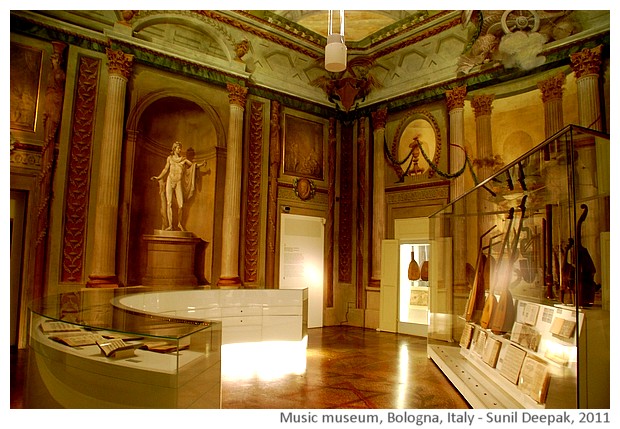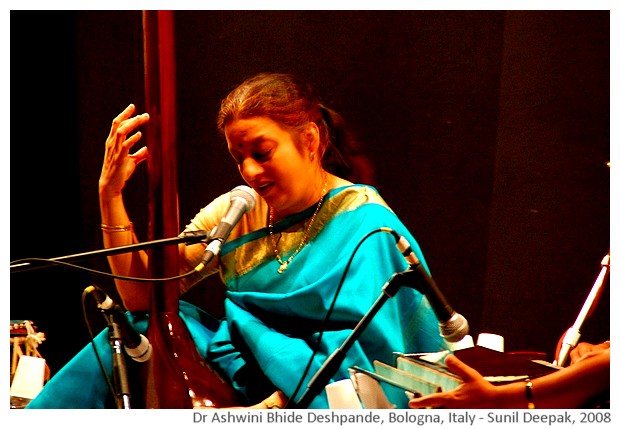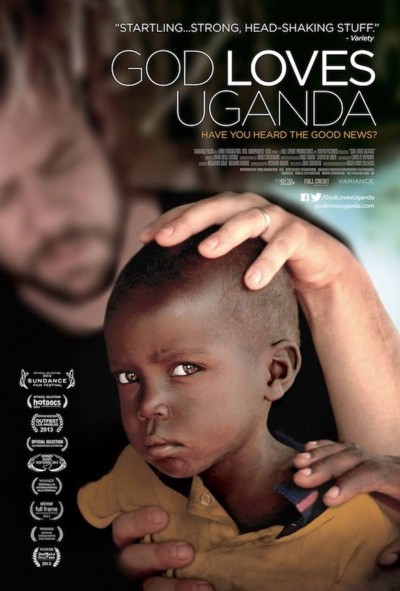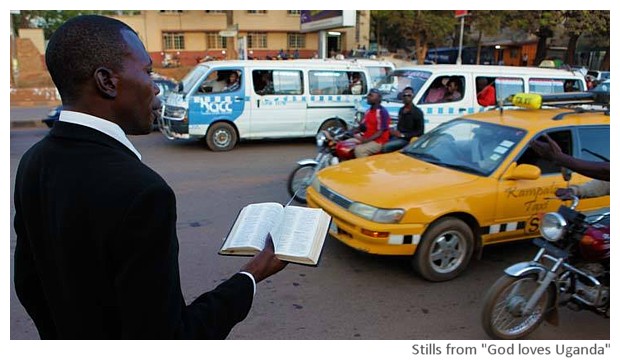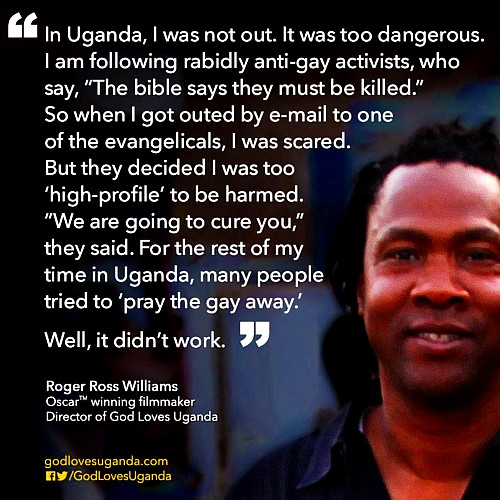***
A few weeks back I read Gerald Durrelli’s delightful book “My family and other animals”. It put me in a rewind mode, sending me down memory lane forty years back when I had my initiation into the world of four legged ones.
Sweety and Kaloo were my in-laws’ and hubby’s pet Lhasa Apsos gifted to them by Laotian friends. When I got married in 1973, they had been with the family for more than four years. My mother-in-law had passed away the previous year after a brief illness. I had been an occasional visitor earlier but despite the fact that I had become a family member, Kaloo was suspicious of me. The moment he saw me touch something, he would pounce on me. Sweety minded her own business. I had to be cautious about my movements and that kept me tense. Till that day four months later …
I had taken leave from school as I wanted to visit my gynaecologist. She had confirmed I was expecting but off and on I was getting mild cramps. After my husband and father-in-law left for office, as I got up to lock the door, I went blank and fell. It took me a moment to get up and lie down. The cramps had suddenly become unbearable and I was alone! Well, not really! Both Sweety and Kaloo jumped on the bed, emitting barely audible whines and sat on either side, looking at me mournfully. With tears in my eyes, I put my hands on their heads. I was pleasantly surprised that Kaloo did not mind. May be I was half expecting it as I had seen his affection for the other family members. He had finally accepted me although under distressing circumstances.
When the pain subsided a bit, I called out to our landlady downstairs who promptly got a cab and took me to a nursing home. I was undergoing a miscarriage. She stayed with me till my husband and father-in-law arrived. The good soul was always there for us in need.
Although Sweety and Kaloo had been there for four years, Sweety had never had a litter. A few months later we were surprised to hear sounds from our quilt. We woke up to find Sweety and six new born pups all over our quilt.
The previous night, she had been moving restlessly all over the house, whining. We thought she had a tummy upset and tried to comfort her with a hot water bottle. She was so hairy that no one noticed she was pregnant. When she sat, it was difficult to make out which was her front and which back. She looked like a huge, fluffy black ball.
The pups were so entertaining. Every afternoon, when I returned from school, it took me at least a few minutes to enter the house because the moment I unlocked and opened the door, all of them would gather around my feet, followed by their proud parents. Sweety started avoiding them when they started teething because their teeth hurt her, she could not nurse them any more.
We had a large circle of friends and finding homes for the pups was no problem. A litter of five and another of 4 came in the next one year and needless to say, there were more puppy seekers than the number of pups to be adopted. Our pets’ curiosity about the new family members lasted only a few curious sniffs when our elder daughter was born in 1975. As she grew Sweety became her best friend and playmate. Ajju, her grandpa, called her Bukul. We never asked him why. Bukul sounds sweet, doesn’t it? By the way, in their mother-tongue, it means tomcat. The way our association with four-legged beings grew over the years, her pet name seems significant.
Now ours is a family that loves travelling. When Ajju was travelling, we used to stay put. When we had travel plans, Ajju would be there to be with the pets.
As the months went by, Kaloo, inexplicably became vicious. With a small child in the house, we had to be extra careful. Sweety kept herself confined under the bed or the sofa. Kaloo bit Ajju as well as my husband. Both had to take a full course of injections after we took him to a veterinary hospital. We were advised to get him put to sleep. It was a sad day for all of us. The medication he was getting at the hospital was not helping calm him. His left eye had come out of the socket and he looked wild. Baffled by the change in him, Ajju insisted on getting tests done. He had contracted rabies despite getting tests done. He had contracted rabies despite getting his annual shots.
Sweety also left us in a year’s time. She seemed to be fine, her usual self. She just crawled under the couch, let out a loud sound, ostensibly her last breath, and that was it. The house felt so empty!
Ajju, too, went suddenly when Meghna, our younger daughter was four months old. A massive heart attack when he was getting ready to go up to his room after a hearty dinner of his favourite fish curry and rice, took him away from us.
With Ajju no more, we could not think of keeping another pet, for, there would have been no one to look after it, when we were to travel.
***
In 1993 we moved from Delhi to Hyderabad, leaving Bukul there to complete her graduation.
Meghu got admission here in class X. One day as I entered the garage to switch on the motor to boost water, I saw four kittens quickly scurry under the wooden boxes stacked there. And then I saw the mother! She spat at me to keep her babies safe from me. We had no idea this family of five had been in our garage. Gradually, they started coming out and befriended us, treating the whole house as their own.
A few days later another cat (we named her Mausi) coolly stepped inside our garden and she her two kittens also made our house their home. And then came Chutki, all by herself, spending long hours on the swing we had in the verandah. We had names for all of them but after all these years, we remember only wink-eye and Satan; the first because it always seemed to be winking and the latter because we changed its name from Satin to Satan when we realised it was a male. Surprisingly , one by one, all of them disappeared in the next few weeks. It was as if they had a premonition of what/who was to come!
Bukul used to come home during vacations and one such visit, just a few days after the last of the cats disappeared, we were about to go out in the evening, when she saw a black rag near the main door. As she bent to pick it up, she jumped up with a shriek. It was a new born pup, black and brown. Tiny, barely able to move and bleeding from the rectum. Where had it come from?
Thankfully we knew of a vet in the neighbourhood and rushed to him with the pup. He treated him and refused to charge us for the treatment. The pup was soon out and about, prancing, chewing socks, shoe laces and eating well. Needless to say, we could not have left him out on the road.
We had to keep on telling him, “Don’t do this, don’t do that.” With all the don’t do’s in the air, we ended up naming him Dhondu. He grew up to be a handsome, loving, much loved family member. The most endearing thing about him was putting his chin on our knee when he wanted what we were eating, imploring!
One evening when Meghu had taken Dhondu for a walk, she heard a whining sound coming from some bushes. On closer look, she found a tiny brown pup probably trying to feel the presence of its mother but not being able to find it. We brought it home and gave it milk with a dropper. Its eyes hadn’t opened and it looked doped. The vet confirmed it was a female and named it Dopey. Like Dhondu, Dopey also stayed. He was five and she, may be ten days old.
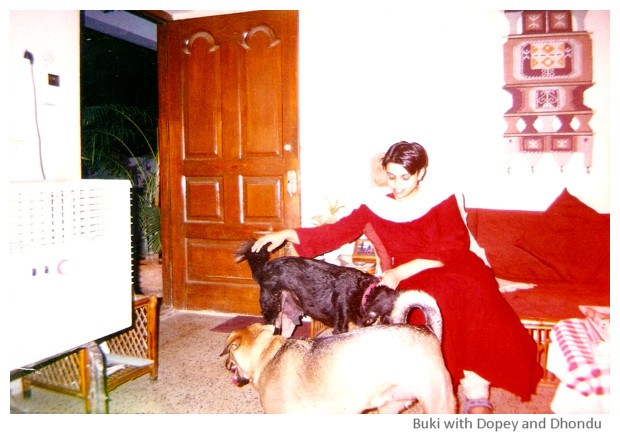
Babli was our colony dog. Apart from us, two other families used to feed it. It was amazing how, whenever she had a litter, it used to be raining. Thus for every litter she produced, our garage came in handy. After the 5th or the 6th (not sure!) we got her sterilized.
In the last litter, Babli had three male pups. Meghu named them Pumpkin, Munchkin and Coffee. They too would have ventured out with their mother but father dear had a wish! He wished to keep the white one, Munchkin, for himself. His reasoning - “Bukie has Dhondu, Meghu has Dopey, what about me?” Amusing! A fifty two year old sounding like a kid.
To let you in on a touching family trait … it all started with the time when father dear himself was a young child. His mother was no less an animal lover. They had a dog and a cat, both got along well and were looked after by them. Tiki and Tik-Tik sure had loving hands and hearts to care for them. So, you see! It runs in the family.
And thus Munchy stayed. Babli had free access to our house to come and play with him. We gave away the other two compassionate families after Babli stopped nursing them.
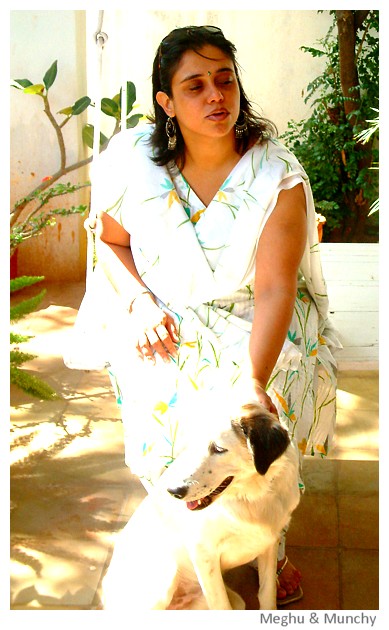
Now Dopey did not trust anyone. Not even us. God knows what trauma she must have endured when she was alone in the bushes. The day after we found her, we took her to each and every house in the neighbourhood to look for her mother and her siblings, if any, but in vain. Still, we all existed under the same roof, in a some what peaceful co-existence, wary of her snapping at anyone who came close to her.
Dhondu left us when he was 11, afflicted by age related ailments. Although Dopey growled at anyone who even touched her by chance, she had a way of saying sorry by lowering her head and raising her paw. She lived to be 13.
***
And then came additions of the feline kind to our family when Bukie found a tiny kitten, eyes not yet open, almost in the middle of the road. She brought it home and fed it with a dropper. Fortunately, we have a gate separating the ground floor and the first floor so the dogs would not be able to reach the cat. She was named Daisy.
Daisy started going out on her own and stayed out, for long hours, but by the time we started thinking of getting her spayed, it was too late. One night she got into one of the cupboards in our ground floor bedroom and delivered a male and a female kitten. Our grand daughter Aari was delighted. Her soft toys and dolls took second place. Chutki and Bheem (that’s what she named them) became her companions. The two used to roam around with dear mom and occasionally brought back mice to devour. That was the only problem we faced with them.
Tragedy struck when Bheem came under a vehicle and got crushed. No one saw how it happened. I saw his inert body covered with a newspaper outside our house. We burried him in the small mud patch in our garden. Aari missed him the most.
There was also Yuki who appeared out of no where and used to sit behind the fridge. She disappeared as suddenly as she had appeared.
We got Chutki spayed well in time but another tragedy was waiting for us. My husband, Meghu and Aari had taken her to the vet a day after her surgery, when Meghu, realising that she was urinating, put her down to prevent herself from getting wet. The moment she put her down, Chutki took off like lightening, jumped over a wall and disappeared. In the growing darkness, they were not able to locate her. The vet’s staff also failed though they searched high and low. She was wearing a huge cone shaped E-collar round her neck, so she must have been noticed, we hoped. The next day, Bukie, Meghu and Aari went back to enquire in the neighbourhood but with no luck. That is how we lost Chutki. We still hope that she is safe wherever she is.
Aari is great friends with Daisy also, the occasional scratches not withstanding. Another small baby kitten Aari noticed outside our house was infested with ticks and fleas and her breathing was very shallow. We took her to the vet. He put her on a drip but was doubtful of her survival. The poor thing breathed her last in Bukie’s arm later that night. She too, rests in peace in our mud patch.
Life carried on with Munchy downstairs and Daisy upstairs. In April this year (2013), on hearing mournful mewing from some where around, Bukie and Aari went in search and found three kittens, a couple of weeks old, scrawny, but moving around, at the back of the vacant house next door. For a couple of days we fed them milk there but doing that several times a day was very tedious so we brought them home.
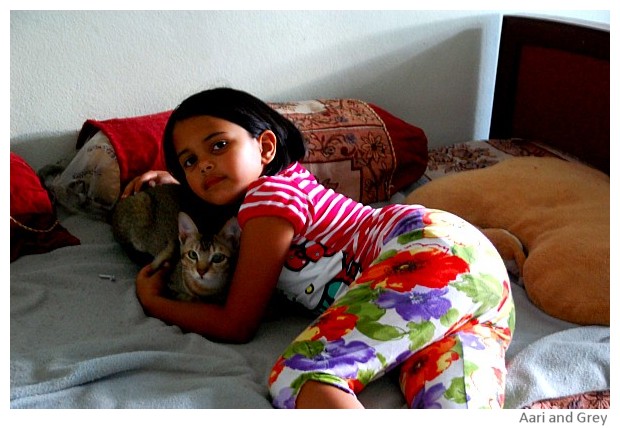
Meghu’s bedroom was lying vacant as she is posted overseas, so with a food bowl, litter tray et al, that’s where we lodged them. Aari took it upon herself to mother them and named them Kittoo, Grey and Minnie. She treats them like her own babies and spends a lot of time talking to them. Of course, she does not mind getting scratched.
Soon after we brought the latest additions home, we got them their shots. Just like Daisy had started going out on her own, we assumed that these three will do the same. But no. Whether we lock up Munchy in the bedroom and let them roam around or put them in the bedroom with the windows open, they rarely go out for more than ten minutes.
Coming back to the meaning of Bukul’s name assuming such significance, we are convinced that some unknown factor was at play when her Ajju gave her that name. After all, it was she who was instrumental in bringing the helpless Daisy home. Her daughter Aari pointed out the presence of the dying kitten to her. It was she who first heard the piteous mewing of the three siblings who have now been with us for almost eight months. Connects? Doesn’t it?
There is a tom cat roaming around in our colony. A few days back it attacked Kittoo near our main door. Bukul rushed out and drove it away. Male cats are known to kill male kittens so we are really scared. Minnie will soon be able to conceive. Must get them all spayed. There isn’t room for more additions. Sorry, house full!
